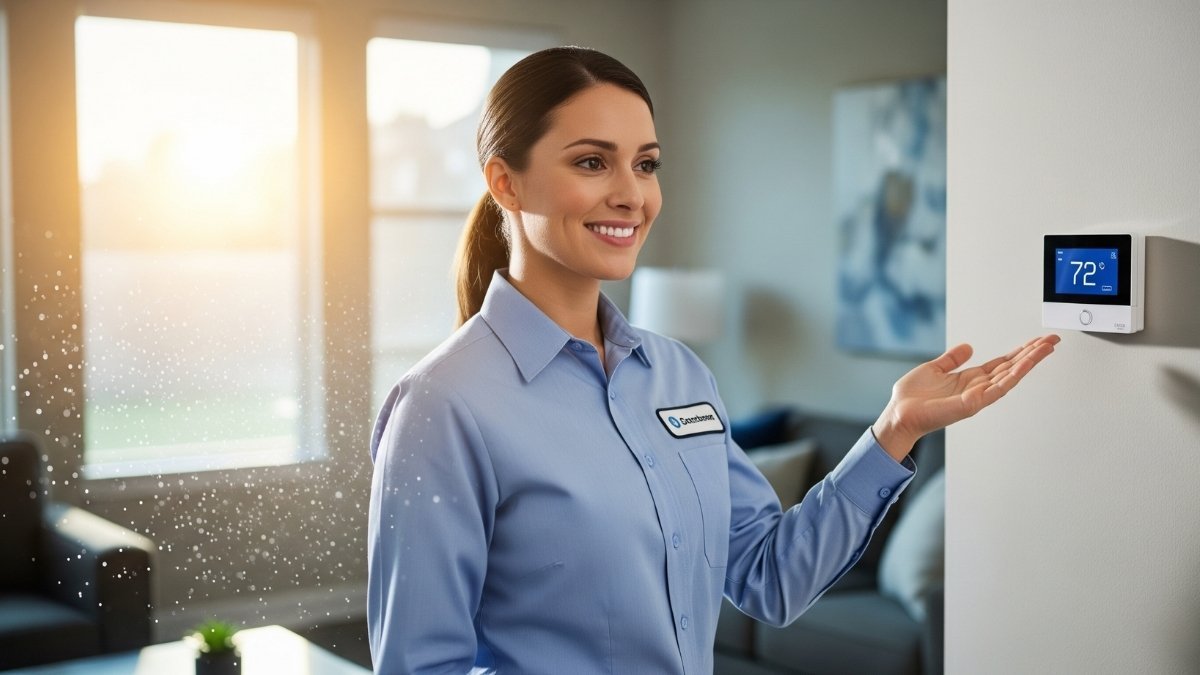
It’s 102°F outside, your AC has been running nonstop for hours, and your electricity bill is about to make you cry. So what do you do?
If you’re like most people, you crank that thermostat down to 68°F and pray for relief.
Big mistake.
That innocent-looking thermostat adjustment is sabotaging your wallet, destroying your AC unit, and making you less comfortable. Don’t believe me? I’ve got the inside scoop from HVAC professionals who see the expensive aftermath of this mistake every single day.
Here’s what they told me that’ll blow your mind…
What Every HVAC Tech Wishes You Knew (But Never Tells You)
Sarah from Marshall’s Specialty Services doesn’t sugarcoat it: “Set your thermostat to 75 degrees on a 90+ degree day – anything lower will make your system work harder than it’s designed to and can lead to system failure.”
Wait, what? 75 degrees?
I know, I know. That sounds crazy when you’re melting. But here’s the thing your AC manual never told you…
Your AC Has a Secret Limitation
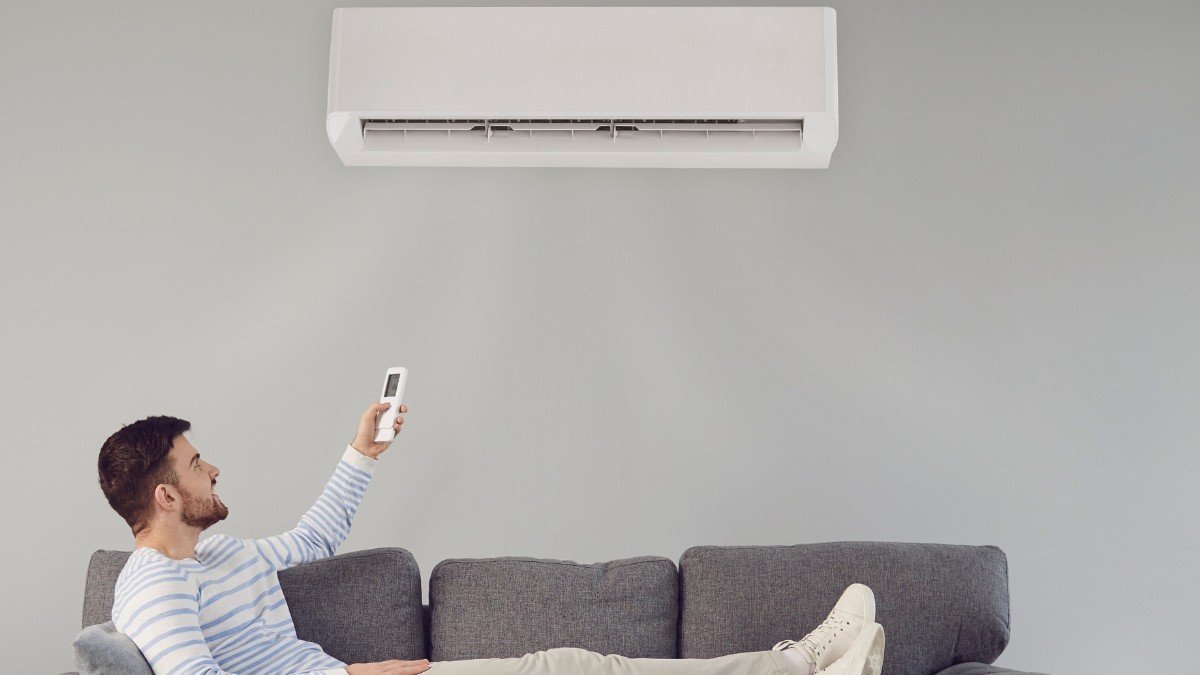
Your air conditioner isn’t magic. It’s pretty limited in what it can do.
Most residential cooling systems can only handle about a 20-degree difference between inside and outside temperatures. Think of it like trying to swim upstream – the bigger the current, the harder you have to work just to stay in place.
Professor Srinivas Garimella from Georgia Tech puts it simply: “Most residential cooling systems are designed to cool a structure down to 75 degrees in maximum 90-degree weather. If your system is set to 68 degrees on a 90+ degree day, it’s not realistic and can harm your system.”
So when it’s 100°F outside and you set your thermostat to 70°F, you’re asking your AC to perform a miracle. It’ll try… and probably fail spectacularly.
The $96-Per-Month Mistake You’re Probably Making Right Now

Here’s where it gets expensive.
Every degree you lower your thermostat increases your energy bill by 3-8%. During heat waves? It’s usually closer to that 8%.
Let’s do some quick math:
- Average summer electric bill: $200
- Setting thermostat at 72°F instead of 78°F = 6 degrees lower
- 6 degrees × 8% = 48% higher bill
- Your new bill: $296
That’s $96 extra. Every. Single. Month.
Over a typical summer, you’re looking at nearly $300 in unnecessary costs just from this one mistake.
But wait – there’s more bad news.
Why Your “Quick Cool-Down” Strategy Backfires Every Time
You’ve done this, haven’t you? Come home to a hot house and slam that thermostat down to 65°F, thinking it’ll cool faster?
I hate to break it to you, but your AC doesn’t work like a car accelerator.
Setting it to 65°F doesn’t make it cool any faster than setting it to 75°F. Your AC has exactly one speed: full blast until it hits your target temperature.
All you’re doing is guaranteeing it’ll run longer and work harder. Much harder.
James Barry, a Houston HVAC technician, explains: “Your efficiency drops and you actually lose capacity during extreme heat. The system starts working against itself.”
Translation? You’re paying more money to get worse results. Ouch.
The Regional Secrets That Could Save You Hundreds
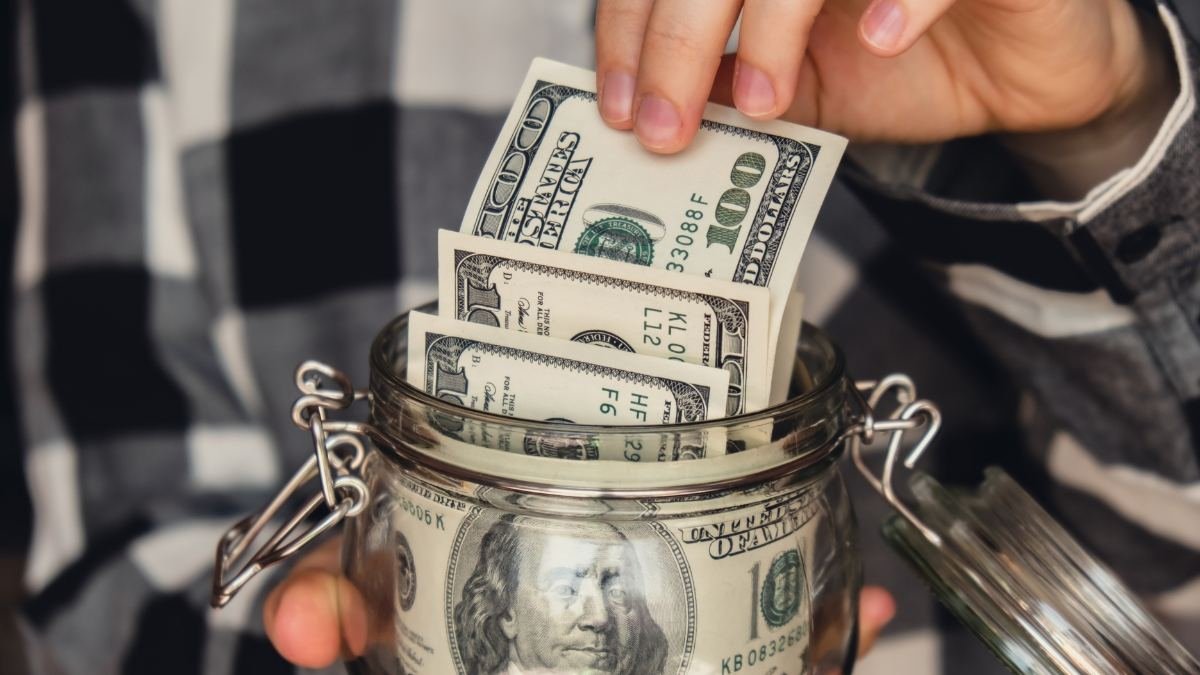
Not all heat waves are created equal. Where you live changes everything about your thermostat strategy.
If You Live in Hot, Humid Places (Hello, Florida!)
Humidity is your enemy. When it’s muggy outside, your AC has to work double duty – cooling AND dehumidifying.
The magic number here: Keep humidity below 60% and you can feel comfortable at 78-80°F.
Pro tip: Use your AC’s “continuous fan” setting. It helps circulate air and makes higher temperatures feel cooler.
If You’re in Hot, Dry Climates (Looking at You, Arizona)

You lucky desert dwellers can push those temperatures even higher!
You can comfortably set your thermostat to 78-79°F when home and 83-85°F when away. The low humidity means you’ll still feel fine.
Bonus strategy: Pre-cool your house during off-peak hours (usually before 3 PM), then let it coast through the expensive peak hours.
The Smart Thermostat Game-Changer You Need to Know About
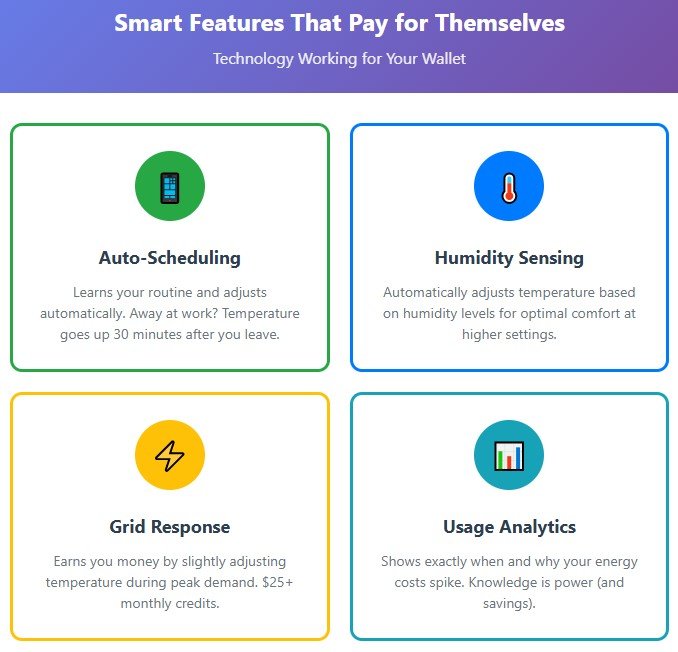
Modern smart thermostats are like having a personal energy advisor.
Ecobee users report saving up to $284 per year just from better scheduling and humidity adjustments. That’s real money back in your pocket.
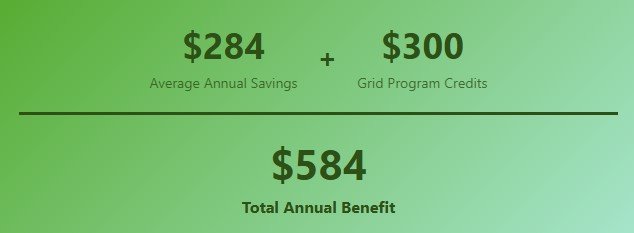
These devices learn your schedule and adjust automatically. Away at work? They bump the temperature up. Coming home? They start cooling 30 minutes before you arrive.
The best part? Arizona Public Service saved customers $25 per month on average through smart thermostat programs. During grid emergencies, these systems delivered 276 megawatts of relief – that’s like taking a power plant offline!
The Mistakes That Are Secretly Draining Your Bank Account
Let me save you from some expensive learning experiences:
Mistake #1: The Thermostat Yo-Yo
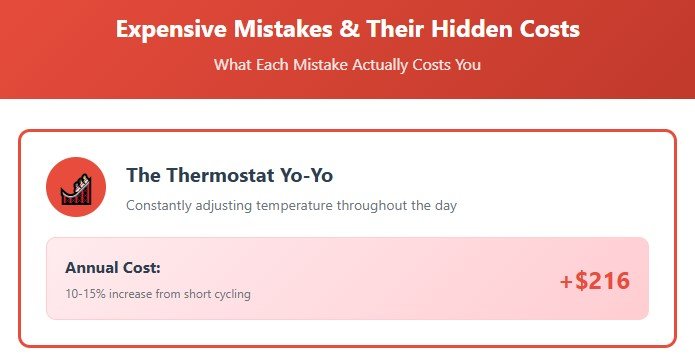
Stop adjusting your thermostat every hour. Those constant changes can increase your energy use by 10-15%. Pick a temperature and stick with it.
Mistake #2: The Vent-Closing “Hack”
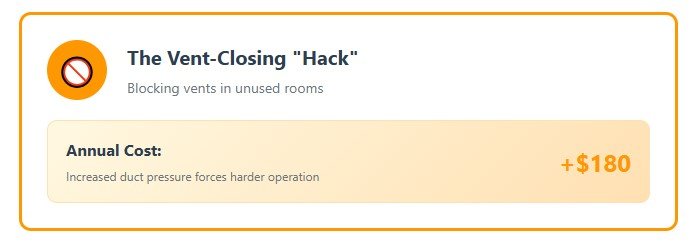
Closing vents in unused rooms sounds smart, right? Wrong. It forces your system to work harder by increasing pressure in your ducts. Keep them open.
Mistake #3: The “Bigger is Better” Trap
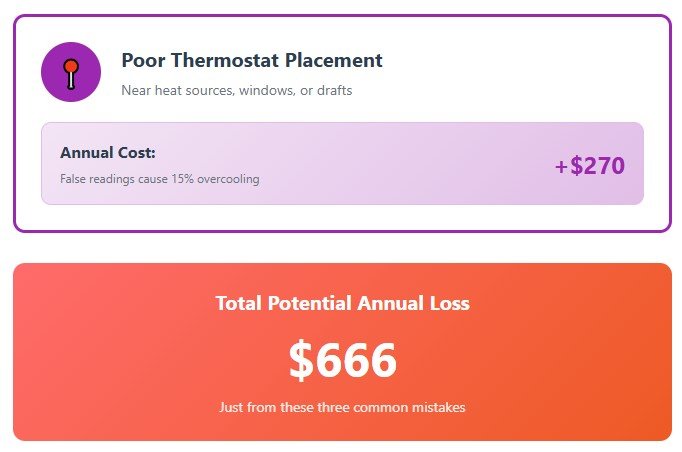
If your AC dies during a heat wave, don’t super-size the replacement. Oversized units are less efficient because they cool too quickly without removing humidity properly.
Your Heat Wave Survival Action Plan
Ready to beat the heat without breaking the bank? Here’s your step-by-step game plan:
Week 1: The Foundation
- Set your thermostat to 75-78°F during the day
- Bump it up to 82-85°F when you’re away for 4+ hours
- Use ceiling fans to make higher temps feel cooler
Week 2: The Optimization
- Check your thermostat placement (away from heat sources and direct sunlight)
- Clean/replace your air filter
- Close blinds during the hottest part of the day
Week 3: The Advanced Moves
- Consider a smart thermostat if you don’t have one
- Sign up for your utility’s demand response program (free money!)
- Schedule AC maintenance before the next heat wave
The Bottom Line That’ll Change How You Think About Cooling
Here’s the truth that most people never learn:
Working WITH your AC system instead of against it will keep you more comfortable while saving serious money.
Those HVAC professionals aren’t trying to make you suffer. They’re trying to save you from $1,000+ repair bills when your overworked compressor gives up during the hottest week of the year.
Remember: Your AC system was designed by engineers who understood heat waves. Trust their design limits, and you’ll stay cool while your neighbors are sweating over their electric bills.
Your Next Move
The next time your local weather person starts talking about a heat wave, you’ll be ready.
Set that thermostat to 75-78°F, turn on those ceiling fans, and watch your energy bill shrink instead of spike.
Your wallet (and your AC unit) will thank you.
Start with just raising your thermostat 2 degrees from wherever it is now. You probably won’t even notice the difference, but your electricity bill definitely will.
What temperature do you usually set your thermostat during heat waves? Try the HVAC pro recommendations for just one week and see the difference for yourself. You might be surprised by how comfortable – and affordable – staying cool can be.






